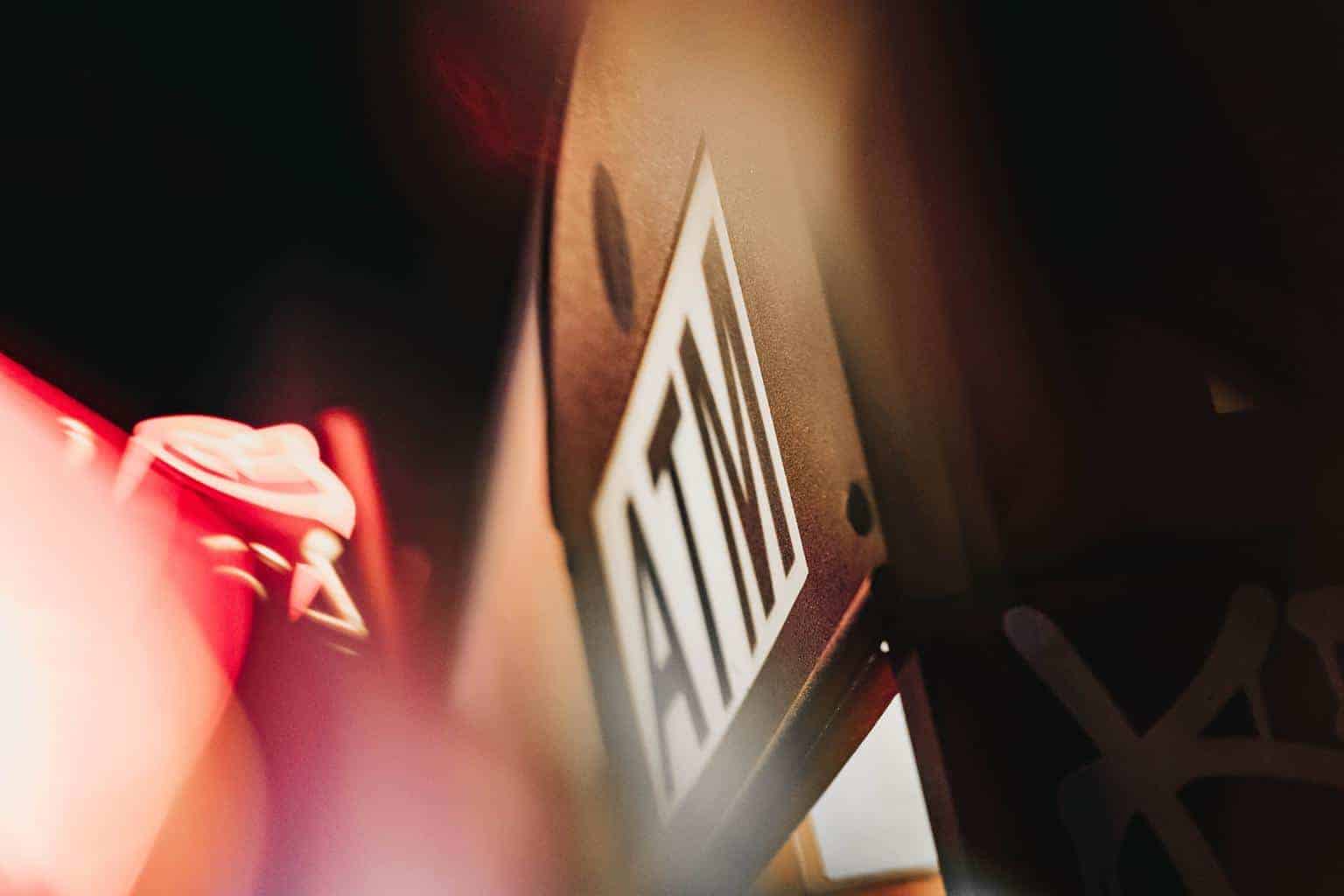Have you ever tried to withdraw more money than your account balance? A declined card transaction, which occurs when insufficient funds are available, is a cause for concern for any individual. The bigger concern is that withdrawals beyond your account balance result in bank overdraft fees. With overdraft protection, account holders can borrow beyond their account balance, but this service is not free, as banks charge an average of $34 for each overdraft transaction.
What Happens When You Withdraw More Money Than Your Account Balance?
It is important to distinguish whether the withdrawal was in excess of the available funds or the total funds. An account holder can only access or withdraw from available funds, which leads to confusion when a bank rejects a transaction, even though it appears there are funds in the bank account. Banks distinguish these funds as follows:
- Available funds: funds currently accessible at the time of a depositor’s withdrawals
- Total funds: net deposits that include both available funds and unprocessed funds such as uncleared checks or transactions/purchases
It is possible to withdraw funds beyond the account balance, but they are subject to repercussions, bank terms, and fees. Funds withdrawn beyond available funds are deemed to be overdrafts that can incur penalties. Overdraft penalties will be paid out of new deposits with the remaining amount accessible to account holders. Account holders need to understand how to protect against them through overdraft protection.
Overdraft Fees When You Withdraw More Money Than Your Account Balance
Overdraft protection is an optional service or program (i.e., account holders must choose to opt-in) by financial institutions that allow bank account holders to withdraw in excess of their total account balance and be charged overdraft fees. When deciding on whether to sign up for overdraft protection, consider your personal financial preferences, how often you write checks, and whether you want overdrawn debit card transactions to be approved and subject to an overdraft fee, or be declined to save on those fees.
If you don’t opt-in for some type of overdraft protection and write a check for more than the amount in your account, your check will “bounce” (i.e., the recipient of the check won’t receive the funds). In this case, your bank will charge you a non-sufficient funds (NSF) fee. Additionally, the check recipient may be charged a fee as well (depending on their bank’s policies) which you should pay for as a courtesy. If the check was for a bill or a rent payment, you may be charged a late fee by the recipient on top of the NSF fee.
Don’t forget that overdraft protection is not “free money.” You are still responsible for covering those fees and transactions as soon as possible. Overdrawing on your account should be treated as a fallback in rare situations, not a regular method of paying for bills or other transactions. Another thing to keep in mind is the timing of your transactions and debits, as this is one of the most common ways that overdrafts can happen. Recurring debits for bills are easy to track since they usually happen on the same date each month. But for check writing, you cannot control when the recipient will cash the check on their end. If it’s a business, they most likely will do so within 1-2 business days but if it’s a friend or family member, they may set it aside for days or weeks before depositing it.
For debit card purchases, the merchant usually requests immediate authorization for the purchase to ensure you have enough money in your account, but it still may be several days before the funds are withdrawn from your account. Ask your bank how they determine the order and timing of deposits and withdrawals, and when you can access money deposited into your account.
Four Types of Bank Overdraft Fees
Funds are depleted in a number of ways (ATM withdrawals, using a debit card, automatic payments, or writing checks). There are actually four different types of overdraft fees if you try to withdraw money when your account is overdrawn.
- Overdraft Fee: Sometimes called a “courtesy fee,” this is the most common type and happens when a bank approves or covers a transaction that exceeds your available balance. There is usually a limit on how many overdraft fees they will charge in one day and the average overdraft fee is $35.00.
- Overdraft Protection Fee: This is charged when a bank must transfer funds from a linked account (usually a savings account or line of credit) to cover the overdraft amount. As we mentioned, overdraft protection is an opt-in feature. Some banks also charge a monthly service fee for overdraft protection so be sure to check whether this is the case with your financial institution. Fees range from $10- to $12.50 per transfer.
- NSF Fee: This stands for “non-sufficient funds” fee and is deducted from your account when a bank rejects a transaction that causes your account to be overdrawn. In this case, the bank will not release payment for the transaction and charge an NSF fee on top of that. Since banks choose whether to approve or decline an overdraft, an account holder will be subject to either an NSF fee or an overdraft fee, but never both.
- Extended Overdraft Fee: Sometimes called a “sustained overdraft,” account holders are charged for leaving an account balance in the negative for a certain number of days (generally 5-7). These types of fees can be up to $40 and how these fees are scheduled depends on the bank’s policy.
How To Avoid Paying Overdraft Fees
The best way to prevent overdrawing your account is to regularly monitor your account balance and avoid spending beyond your means. With online access and mobile apps, it is easy to stay on top of your account 24/7. Just remember that what you are seeing is your available balance. This is the bank’s most current record of your account and will not include transactions that you just made or checks you’ve just written. Other ways to avoid overdraft fees:
- Opt out of overdraft coverage. This is primarily for debit card or ATM transactions but opting out of this means your transaction will be declined if you don’t have enough available funds, which may be cheaper than racking up overdraft coverage fees.
- Set up alerts for low balances. If your bank has this feature, set up an email or mobile text alert to notify you when your account goes below a certain balance.
- Beat overdrafts to the punch. If your bank has a daily cut off time for issuing overdraft fees, you may be able to deposit funds before the end of business day deadline to cover potential issues.
- Get a prepaid debit card. These work like debit cards but you must deposit funds onto them and they are not linked to checking accounts. While you may get declined, you won’t be charged a fee.
While overdrawn events happen to the best of us, with careful monitoring, knowing how your bank handles overdrafts and overdraft protection, you can keep your account in good standing. And read the fine print to understand your bank’s overdraft policies, including if they notify you when an overdraft fee occurs, whether it applies to debit cards, ATM withdrawals, and/or checks, and how long your account can be overdrawn before fees kick in if you withdraw more money than your account balance. Review a number of the banking options in your local area. Keep track of any recurring debits you have set up and remember to always account for those when determining your current balance. And, if possible, try to keep a financial cushion of a few hundred dollars in your account.







